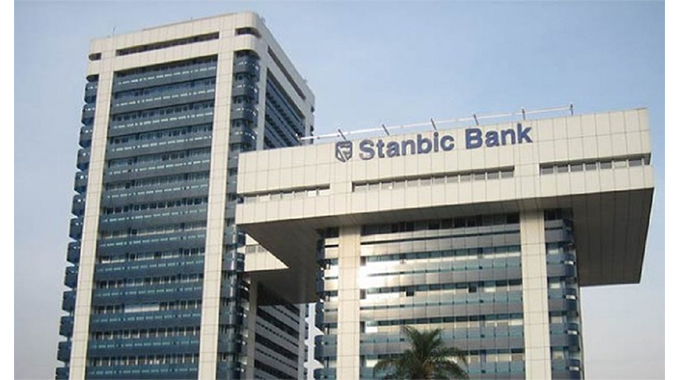Increased demand for loans drive Stanbic Bank profit

Business Reporter
INCREASED demand for loans in both foreign and local currency drove Stanbic Bank Zimbabwe’s profit after tax to $744 billion for the year ended December 31, 2023, up by 210 percent from $240 billion in the prior year in inflation adjusted terms.
The positive performance enabled the company to defy the challenging operating environment, resulting in a qualifying core capital of $912,8 billion up from $83,5 billion in 2022, which is equivalent to US$149,5 million against the regulatory minimum in the local currency equivalent of US$30 million, the bank’s chairman, Mr Gregory Sebborn, said in a statement accompanying the results for the period.

Stanbic Bank chief executive, Mr Solomon Nyanhongo, said inflation adjusted net interest income closed the period at $429 billion, exceeding prior period income of ZWL299 billion by 44 percent.
“This growth was largely spurred by the increased demand for both foreign currency and local currency funding by our customers.
“This in turn saw new lending assets in both foreign and local currency being written during the period,” said Mr Nyanhongo.
He said during the year under review, demand for foreign currency loans was elevated, supported by the continued migration of business operations from local to foreign currency.
Fees and commission income improved by 171 percent to $471 billion up from $174 billion.

Mr Nyanhongo attributed the growth in Stanbic Bank’s inflation adjusted fee and commission income to the uplift in its foreign currency denominated commission.
He said increased volumes of foreign currency denominated transactions were processed on the bank’s various service channels during the year 2023 as business operations had shifted significantly from local to foreign currency owing to the depreciation of the ZWL currency against the USD.
“In addition, new customers were acquired during the period supported by an improvement in customer transactability as the usage of foreign currency in the market increased. A net release of $50 billion was recorded in expected credit loss allowances during the year, improving from a net raise of $55 billion in the previous period,” said Mr Nyanhongo.
He said the release in expected credit loss allowances was largely driven by the improvement in the quality of Stanbic’s lending book following the February 2023 interest rate reduction from 200 percent to 150 percent.
This saw some customers settling the previously reported loan arrears thereby contributing to a reduction in the value of stage two facilities on which lifetime impairments are recognised.
Mr Nyanhongo said the bank’s customer deposit base grew by 90 percent in real terms from $1,7 trillion in 2022 to $3,3 trillion largely boosted by growth in both foreign currency and local currency deposits as new customers were acquired combined with an increase in wallet share on existing customers.
“The bank continues to drive value chain support including funding of out-growers in the agriculture sector, particularly in tobacco, dairy production and horticulture to improve both food security and foreign currency generation in the country,” said Mr Nyanhongo. He acknowledged the support of the bank’s clients.
“My sincere gratitude goes to our esteemed customers for their relentless support and commitment which has contributed immensely to the success of the bank,” he said.
Mr Nyanhongo also paid tribute to the Stanbic Bank’s board, management and staff for proving their resilience and sharp focus during 2023, who all did not hesitate to share ideas and put their best foot forward.











Comments